What the 4 Nations opener taught us about Canada, Sweden
MONTREAL - NHL Players' Association executive director Marty Walsh noted during a Wednesday afternoon press conference that the league's newly unveiled international calendar sets the stage for the next "Golden Goal."
The hockey world didn't have to wait long for another classic moment.
The 4 Nations Face-Off's opening game between Canada and Sweden was nothing short of phenomenal. The Bell Centre crowd of 21,105 was rocking, with a hair-raising roar for Mario Lemieux in the pregame ceremony and chants of "Crosby! Crosby! Crosby!" in the middle of the overtime period.
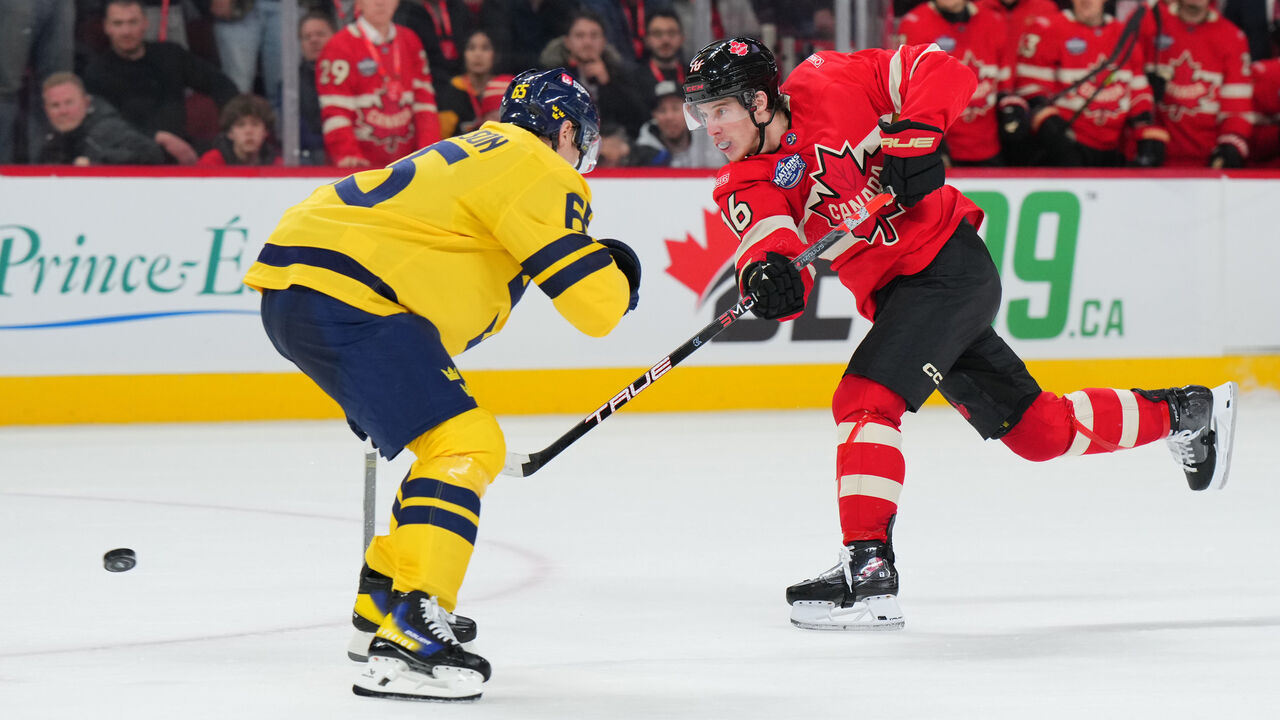
Sidney Crosby, Connor McDavid, and Nathan MacKinnon connected for a gorgeous opening-shift goal, Sweden mounted a late comeback, and Mitch Marner sniped off a snap shot with 3:54 remaining in a thrilling 10-minute OT.
Canada received two points in the standings, while Sweden received one.
Let's dig into what the opener taught us about the two teams, with a heavy emphasis on Canada (who next plays Saturday night against the U.S.).
Canada's superpower is star power
We saw Crosby turn back the clock with three primary assists. He controlled the game in a way only No. 87 can: power, finesse, and clutch production.
We saw McDavid hit the turbo button multiple times on his first shift. He didn't let up, either, transporting the puck like a man possessed virtually all night.
We saw MacKinnon draw a penalty and finish a dream tic-tac-toe sequence in the opening minute. In overtime, he was a scoring-chance machine.
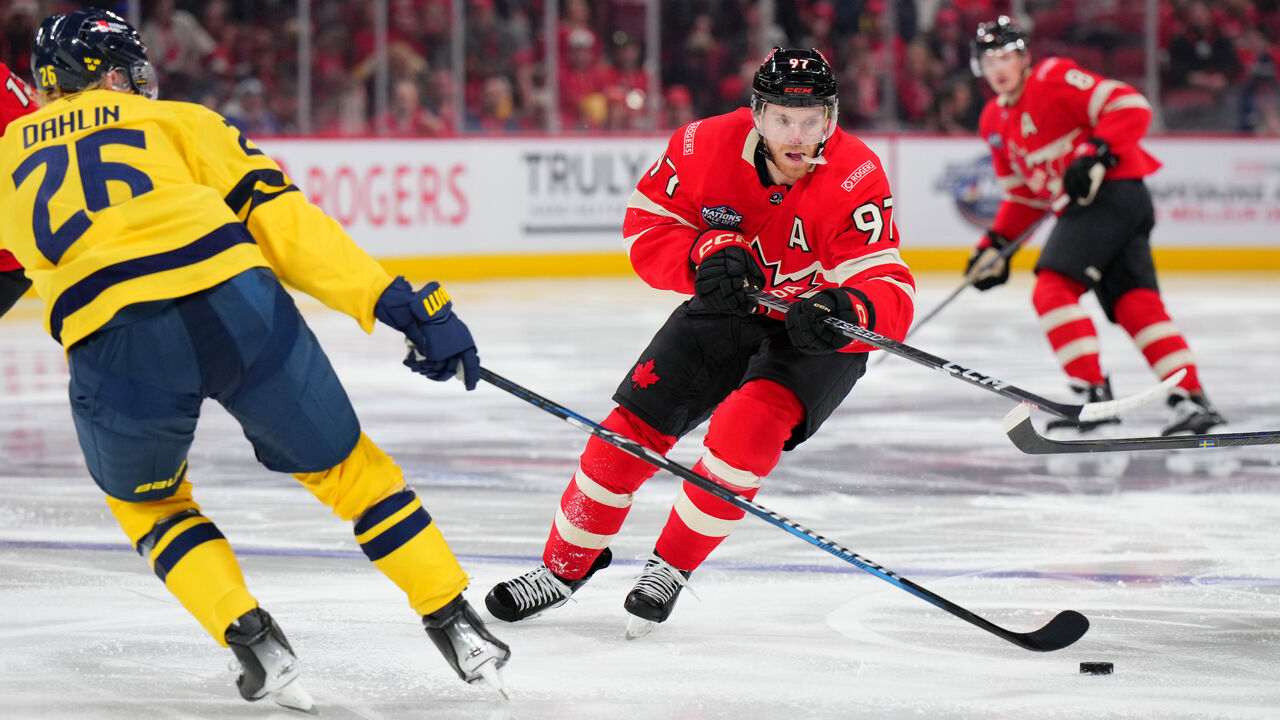
No other 4 Nations team's top of the lineup compares to Canada's. That is a lethal weapon in such a short tournament. Heck, three of the five best players on the planet - McDavid, MacKinnon, defenseman Cale Makar - shared the ice at various points in OT. It felt inevitable that one of them would help end it.
Cooper leaned on his superstars a fair bit Wednesday, with McDavid leading the game in forward ice time at 21:26 and MacKinnon not far behind (19:56). Expect those totals to rise moving forward. TV timeouts have been extended for 4 Nations, which means high-usage players have extra time to recuperate and get right back out there. Advantage, star-studded Canada.
Pace-of-play bar set extremely high
The biggest overarching takeaway from the opener was the exhilarating pace.
"That's probably the fastest hockey I've ever played, to be honest," Canada defenseman Drew Doughty said following the game.
Doughty isn't some wide-eyed rookie with limited reference points. The 17-year veteran has hoisted the Stanley Cup twice and won two Olympic gold medals. "Not only did you have to move more with your legs, mentally you (had to have your) head on a swivel at all times," he said.
"Playoff-type atmosphere," added Makar. "But the pace was maybe better than the playoffs. A lot of back and forth, and not a lot of time to create plays or make plays."
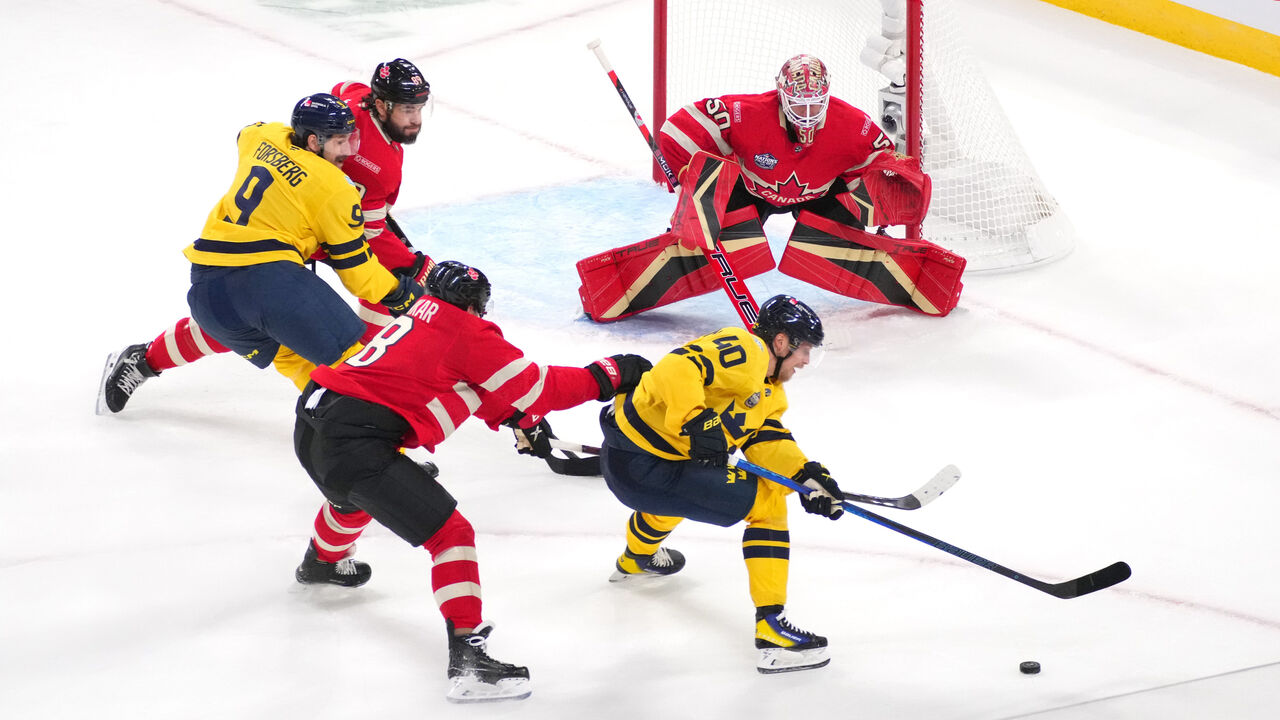
It makes sense when you think about it. International hockey features All-Star-caliber rosters, and the last best-on-best event was eight-plus years ago. NHL games are much faster in 2025 than 2016. If the breakneck pace continues, forwards and defensemen who can't keep up will be vulnerable targets.
I'm not talking about guys like Canada's Mark Stone or Team USA's Matthew Tkachuk, who aren't strong skaters but think the game at such a high level that they still play fast. I'm referencing the likes of Sweden's Mika Zibanejad (who struggled against Canada) as well as Esa Lindell and Olli Maatta on Finland.
Doughty was chasing the play at times. Most notably, he had a horrible gap on Sweden's second goal, basically begging longtime Kings teammate Adrian Kempe to skate into the slot and snipe (which he did).
Loss of Theodore will be felt
Top-four defenseman Shea Theodore exited the game with a wrist injury. His tournament is over after logging just seven minutes. This is a significant loss for Canada and potentially for his NHL club, the Stanley Cup-contending Golden Knights.
"It's heartbreaking for the kid," Cooper said.
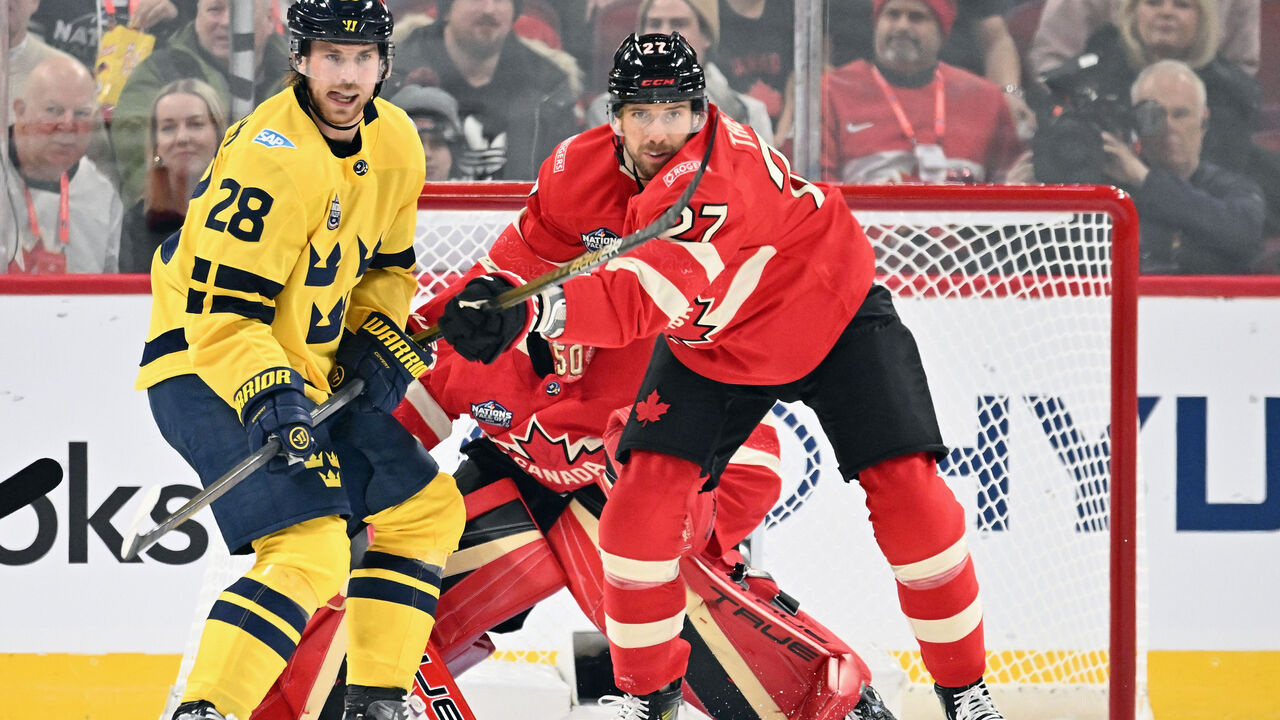
Canada's five-man blue line survived, communicating well on the bench and ice while keeping shifts short. "Credit to our 'D' to keep it (steady, given the circumstances) and still jump up in the rush and still be an offensive threat," Marner said of the group's performance shorthanded.
To my eye, Devon Toews was Canada's sharpest blue-liner. Partner Makar and Josh Morrissey were both solid. Doughty took a while to settle in but still deserves a passing grade for his meat-and-potatoes work, especially since it was only his seventh game in the last 10 months. Colton Parayko did Parayko things, which is to say he was reliable until he needed to make a skilled play late in the third period; he iced the puck and Sweden scored right off the ensuing faceoff.
Big and mobile Travis Sanheim, Canada's only scratch on defense, will draw in against the Americans. This is how I'd handle the defensemen if I were Cooper: Keep Toews with Makar, create a shutdown duo of Morrissey and Doughty, and then play Sanheim and Parayko mostly in sheltered minutes.
Cirelli line quietly effective
Anthony Cirelli's first-game numbers don't jump off the page.
The 27-year-old Lightning center was on the ice for two goals against and the shot attempts weren't lopsided (10-9 Canada in total attempts, 1-1 in high-danger attempts) during 10:37 of five-on-five action. Cirelli, who also logged almost a minute on the penalty kill, won three of eight faceoffs in all situations.
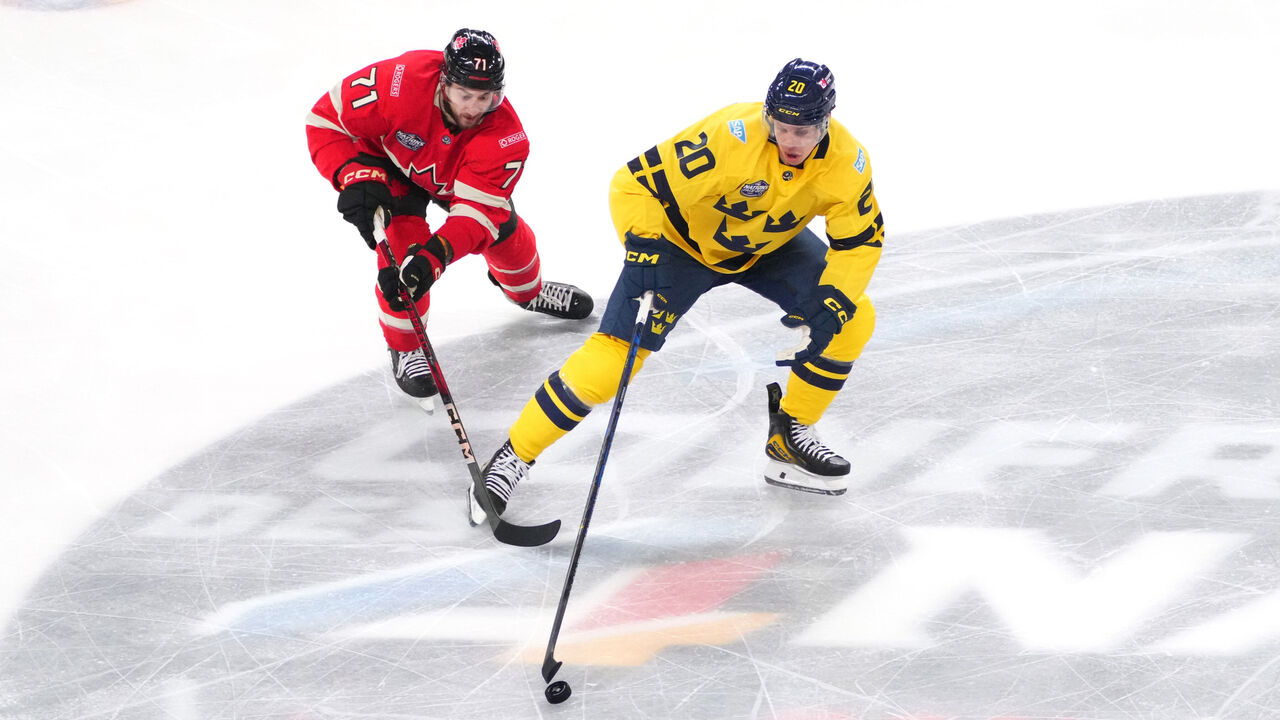
Yet, Cirelli was very effective in the 4C spot for Canada. The puck always seemed to head north when he was on the ice, and he blocked a 97.6-mph Victor Hedman slap shot late in the third period.
Cooper trusts Cirelli. Keep an eye on his usage and deployment Saturday.
Linemate Brandon Hagel - another Lightning forward - also had a strong game. He pursues the puck as well as anyone in the NHL and is an underrated playmaker. The line's third member, Travis Konecny, was energetic in limited action. He was credited with three hits, yet it felt like he delivered 10.
I like the idea of inserting resident pest Sam Bennett into the lineup for Saturday's tilt against the Americans. He and Konecny are Canada's answer to the Tkachuk brothers - guys who can drag their team into the fight and, more importantly, draw penalties. The problem is, who sits out? Maybe Seth Jarvis?
On the goalie front, Jordan Binnington did his job in Game 1. He wasn't perfect but made a few key saves. He's better suited for a chaotic style of play than Canada's No. 2, Adin Hill, who's a less athletic blocking goalie.
Rapid-fire Team Sweden thoughts
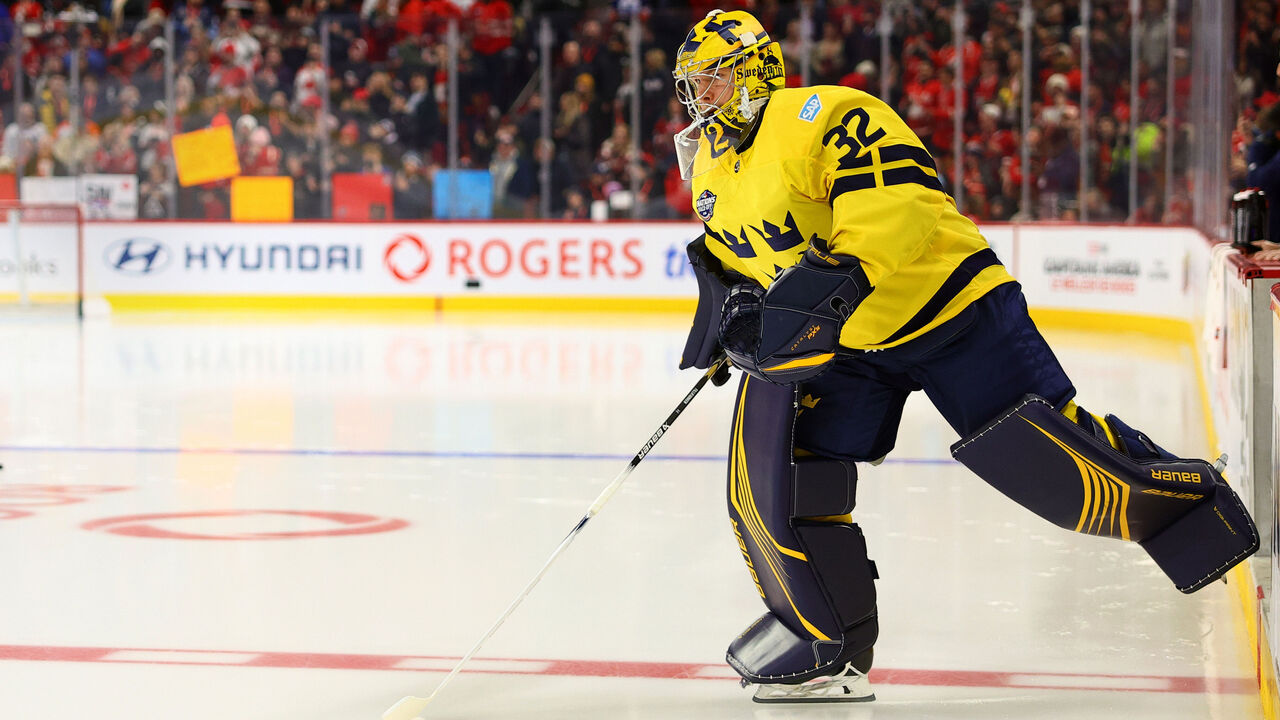
- After losing puck battle after puck battle and failing to record a shot on goal in the opening 14 minutes, Sweden slumped into the dressing room for the first intermission down 2-0. Whatever was said behind closed doors helped because the players returned with a vengeance. Big props.
- It sucks to drop an OT game in this format, especially after erasing a two-goal deficit in the third period. Defenseman Erik Karlsson called the defeat "a little bit of a nut-kicker," which is a succinct way to frame it.
- Coach Sam Hallam is looking smart. Filip Gustavsson, who many penciled in as Linus Ullmark's backup to start the tournament, was outstanding. He faced 26 shots and at least 10 were dangerous.
- Two other standouts: Gustav Forsling (the long, slick-skating defenseman really thrives in an up-tempo environment) and Rickard Rakell (the big winger was strong on the forecheck and executed a screen on Sweden's first goal).
John Matisz is theScore's senior NHL writer. Follow John on Twitter (@MatiszJohn) or contact him via email ([email protected]).
HEADLINES
- Trade grades: Wild instantly become Cup contenders, Canucks score quantity
- Bedard injured in final second vs. Blues on 'freak accident'
- Canucks GM: Hughes trade not because of a culture problem
- Canucks trade Hughes to Wild in blockbuster
- Trade grades: Oilers gamble on Jarry, Penguins make out like bandits